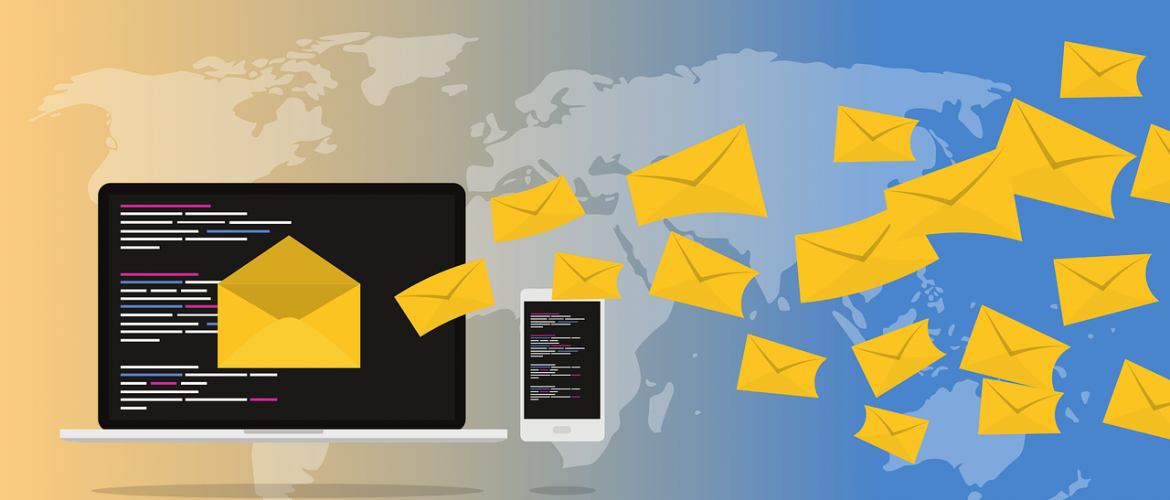DMARC is an important component of cybersecurity that is useful for email authentication and can aid an organization in preventing phishing attacks like data breaches, identity theft, black market sales, fake invoices, ransomware spreading, etc.
If you want to find out what exactly it is and how this anti-phishing tool works, continue reading below.
What is DMARC?
DMARC stands for Domain-based Message Authentication, Reporting and Conformance. It protects an organization’s brand’s domain from hackers who may try to impersonate its brand and send emails through what seems to be the organization’s domain address.
With DMARC, threat actors find it hard to conduct phishing attacks on the organization’s domain and copy its brand to send emails to the customers, clients or staff members.
How it works
DMARC enables the organization to prevent the misuse of its brand name in phishing campaigns. With DMARC, an organization can create a list/record of those who are authorized to send emails from its domain. The DMARC records are entered into the DNS and inform all the major ISPs, including Microsoft, Gmail and yahoo etc., that the organization’s domain is programmed to use DMARC.
When it is functional and applied on emails, DMARC enables the organization to have all the incoming emails tested against DMARC records. If an email does not pass that test, it may be subjected to a few actions/organizational policies mentioned as under. Organizations have a DMARC policy that outlines a set of rules to prevent hackers from using their domains.
- The email may be sent as a normal message with a warning. It is also included in the list of emails that did not pass the DMARC record check test.
- The email may automatically be diverted to a quarantine section where it is approved manually before allowing delivery.
- The email may also be rejected right away, or if the organization has a customized policy in place, it could be treated accordingly.
To use DMARC, it is first configured after a DMARC policy is drafted and the organization’s DMARC record is published to the DNS (Domain Name System). Then the organization reviews its DMARC activity to assess what has been emailed from its domain. The DMARC record checker enables the organization to authenticate its DMARC Record. Once the DMARC check is done, the email delivery is enabled according to the organization’s policy.
An organization’s domain is prone to attack by hackers if its domain is not protected by a tool like DMARC. If hackers succeed in copying their domain and spoofing their brand, organizations stand to lose their reputation and can incur significant financial losses.

